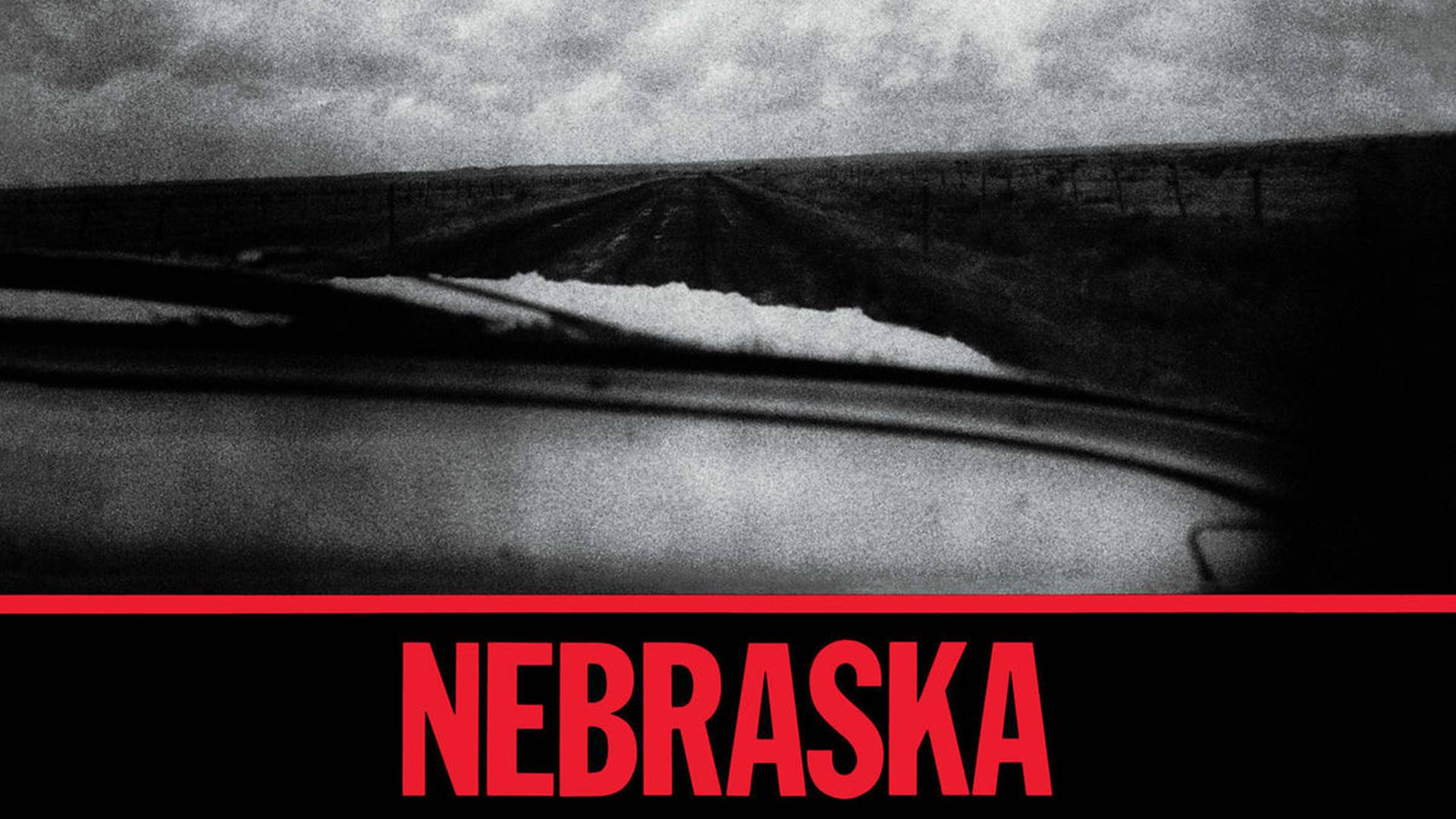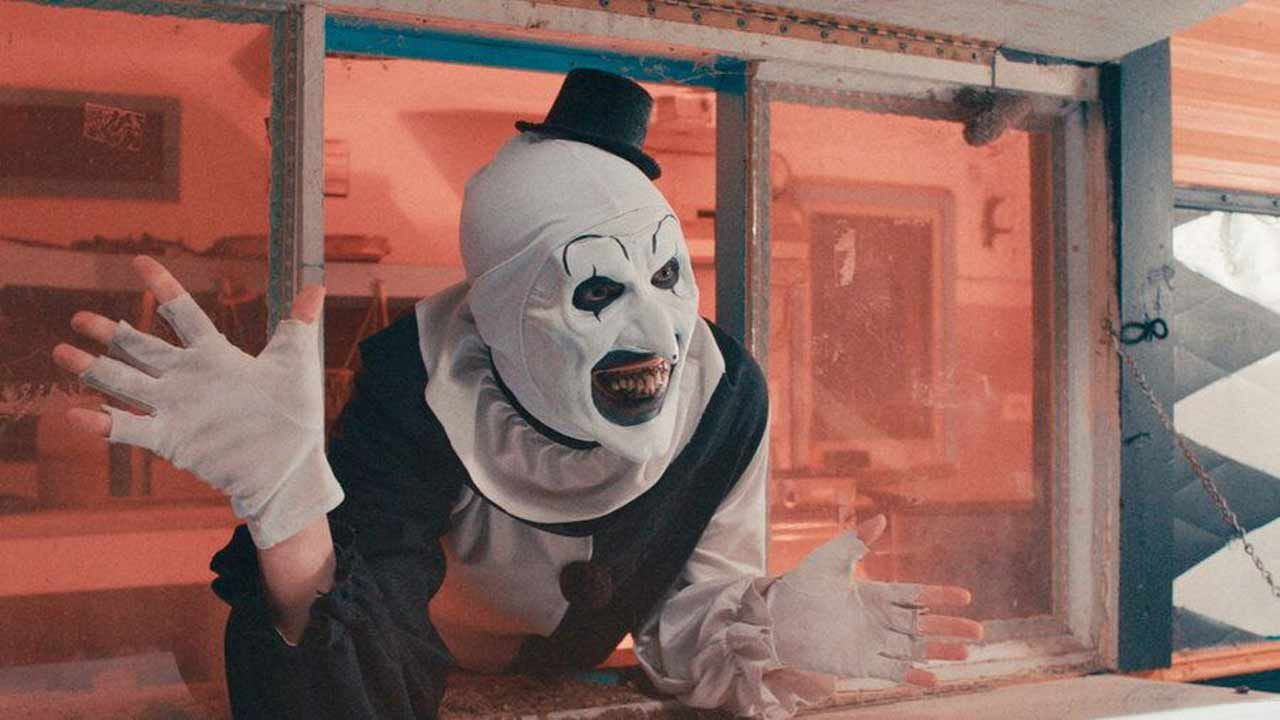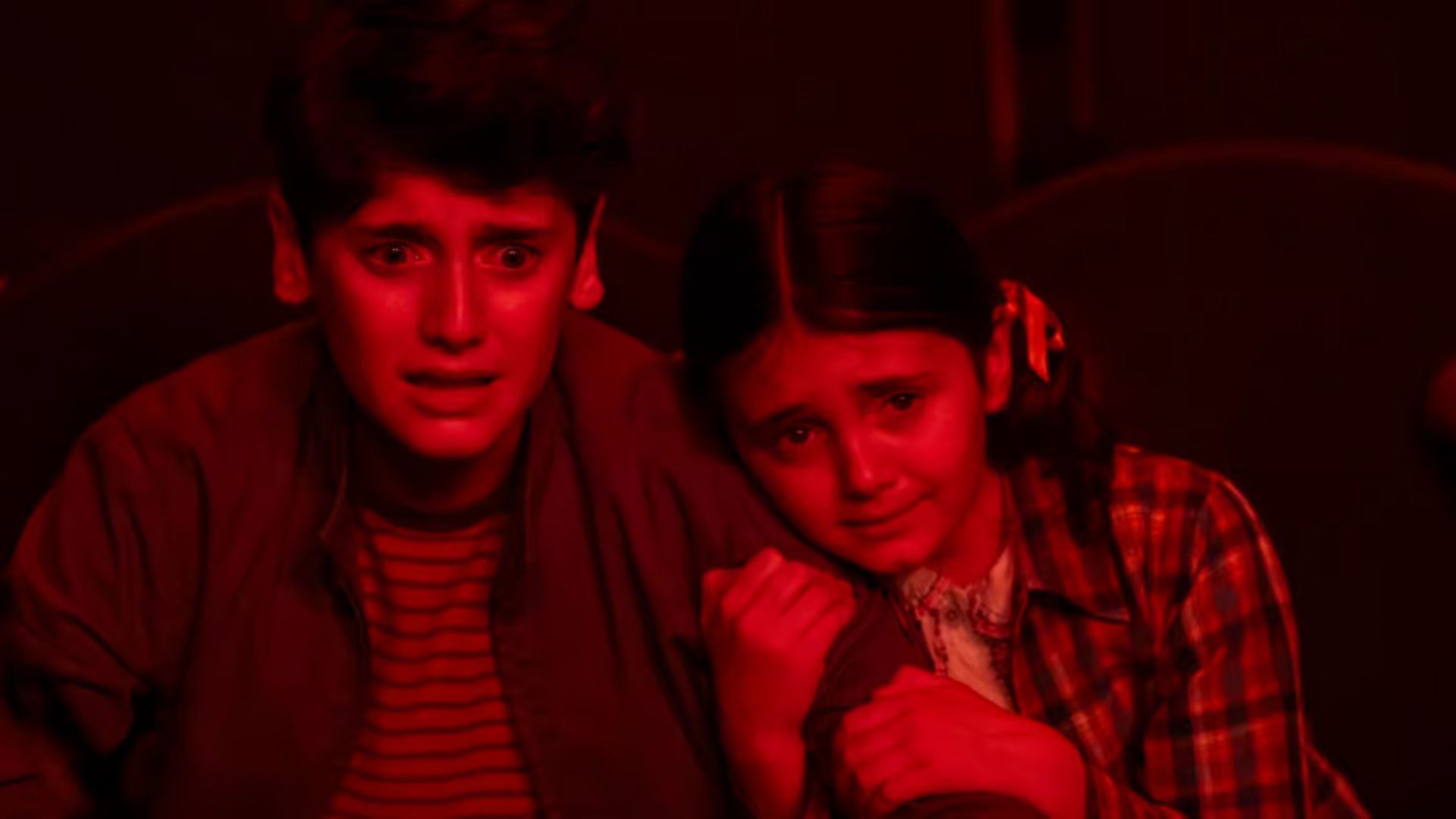Director Guillermo Del Toro is about to make his debut in the world of animation with his version of the story of the wooden boy who wanted to be a real boy, Pinocchio, in a film with the Stop Motion technique.
In an interview with IndieWire, the director explained why he chose the technique for his animated debut. “It’s the perfect way to tell the story,” del Toro said. “Everyone is a puppet. Being animated makes Pinocchio’s existence completely naturalistic in the way he tells the story. I’m surprised, happy, that he’s never been dealt with like this before. He comes so naturally to the story.
You can see the behind-the-scenes look at the film in the video below, where we can get a broader notion of the Stop Motion technique, or frame by frame, where real patterns are used to create the animation.
In addition to the format, Guillermo Del Toro explained the difference in the essence of the film. “Almost everyone else [‘Pinóquio’] they are about obedience and ours is about disobedience because it is a primary factor in becoming human, “del Toro said.” And becoming human is not about changing yourself or others, but understanding. The first step towards consciousness and soul, for me, is disobedience. It is the difference between ideas and ideology. And the idea is built from experience, compassion and understanding. And ideology is something you are given and told to obey. blindly “.
The director also said that his father’s death, shortly after winning the Oscar for Best Picture for “The Shape of Water”, also had an influence on the film. “You’re thrown into a world you barely understand,” he said. “The stories of father and son are of fundamental importance. [Stop Motion] it has become the tool to talk about how precious and fragile we are as human beings and how much we need each other ”.
“You have [o estúdio] Laika, who, let’s be very clear, has put aside the technical tools and now you can be more expressive a decade into the future, “Del Toro said.” And that’s why I wanted from the beginning to do something that was equally bold: stage the camera and action as a live action, following the puppets with the camera and lighting as you would the actors. And we have to let the animation breathe and be less fluid. That’s why we shoot in 2 seconds [dois quadros]. The acting is naturalistic and not pantomime. Jokingly we said that we will not do silent acting, but at the level of Actor’s Studio, where you watch them think. “
This performance translated, according to the director, into “micro-gestures”, which would have been failed acts or silent moments in which the characters would have simply stopped to listen. Del Toro said he marveled at Geppetto’s lower lip tremor, or a puppet attempting to close a door three times, referring to these moments as the beautiful volatility of Stop Motion.
“And one of the principles was: animation is to instill rejoice in the characters, “del Toro said, referring to the philosophical concept of the soul.” It’s not about making key poses that are interesting. It’s about conveying the emotion and directing the animators as actors. We aggressively build on accidents. But you have to reproduce these incidents 24 frames per second with the puppeteer. “
The animation for “Pinocchio by Guillermo Del Toro” was shot at ShadowMachine in Portland, Oregon, over 1,000 days of shooting, with additional sequences shot at director’s Centro Internacional de Animación Stop Motion studio at his home in Guadalajara, Mexico. .
The puppets were created by the legendary British animation studio Mackinnon & Saunders. For this, classical techniques were used using ball and socket body armor and geared head armor like a Swiss watch. Georgina Hayns (a reference to Laika) was director of character fabrication. This brought the artist closer to the puppet, subtly checking the eyes and mouth.
On the other hand, the Pinocchio character puppet was created in a more high-tech way with 3D printed body and face replacements. The entire body was crafted from metal and built with many joints by Mackinnon & Saunders. This allowed the puppet to move like a wooden boy and to have expressive gestures. “We wanted him to stand out from all the other dolls,” del Toro said.
As for Stop Motion, the director says he feels a renewed international interest in the animation format, especially from younger animators. “And they all come up with this clear idea that animation is a movie and not a genre, and that it’s an incredibly powerful, expressive and emotional tool. What you want to do is place some flowers for the next generation to pick. And that’s what we’re doing ”.
“Pinocchio by Guillermo Del Toro” arrives on Netflix on December 9th.
The post Guillermo Del Toro explains the use of Stop Motion in his animation debut which first appeared on Olhar Digital.
Source: Olhar Digital
Emily Jhon is a product and service reviewer at Gossipify, known for her honest evaluations and thorough analysis. With a background in marketing and consumer research, she offers valuable insights to readers. She has been writing for Gossipify for several years and has a degree in Marketing and Consumer Research from the University of Oxford.






